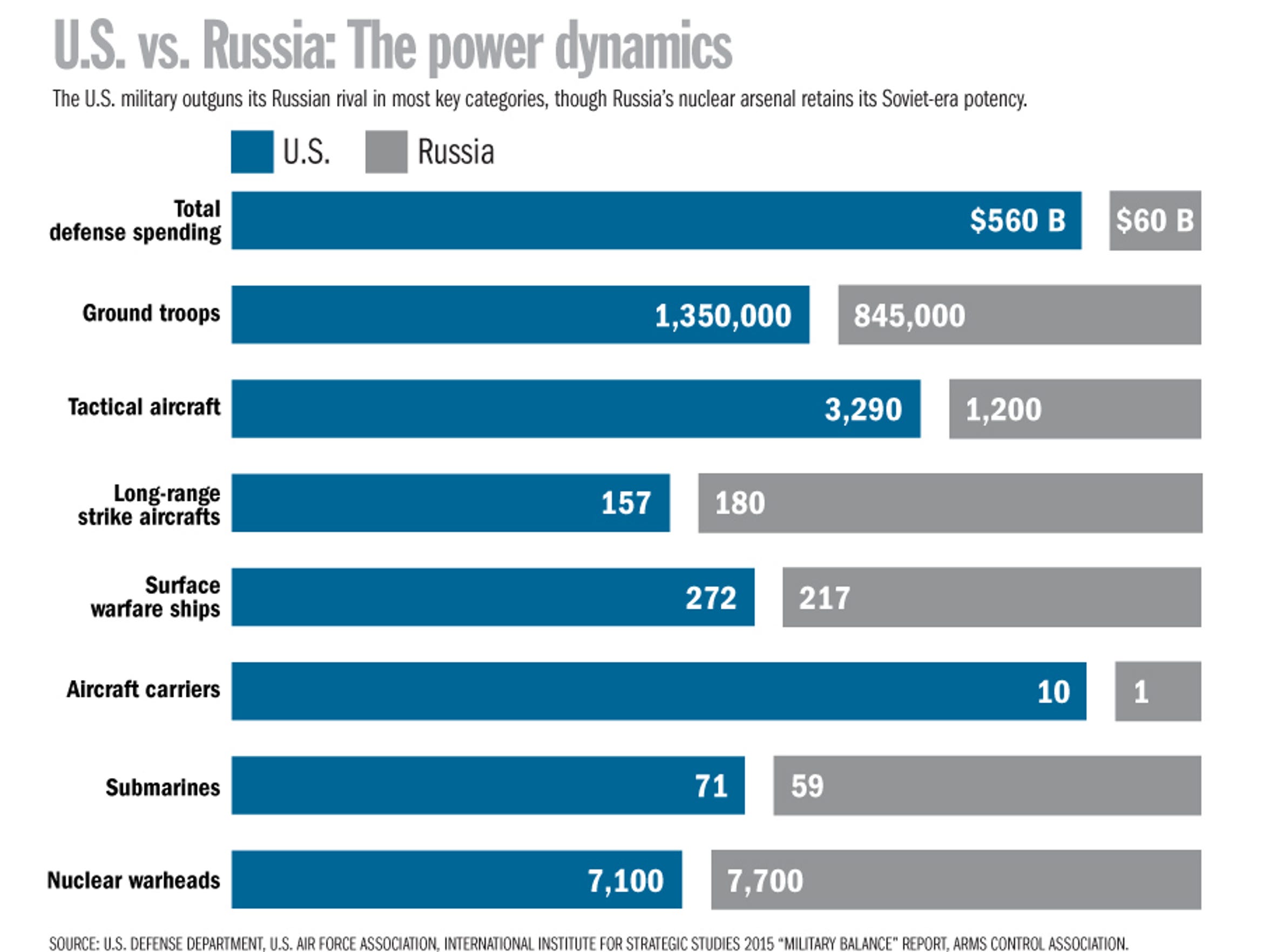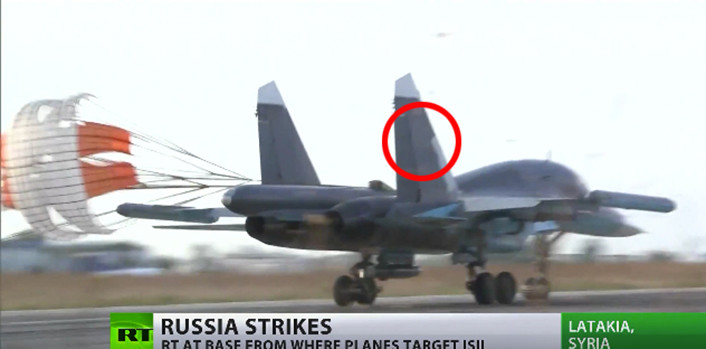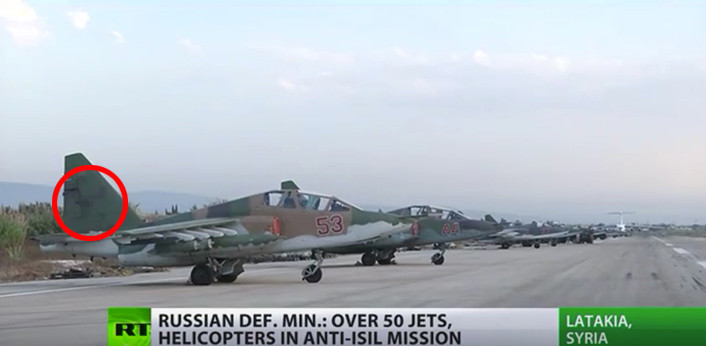US government deports fewest immigrants in nearly a decade
WASHINGTON (AP) — The Obama administration deported fewer immigrants over the past 12 months than at any time since 2006, according to internal figures obtained by The Associated Press as Democratic presidential candidate Hillary Rodham Clinton called Obama’s deportation policies too harsh.
Deportations of criminal immigrants have fallen to the lowest levels since President Barack Obama took office in 2009, despite his pledge to focus on finding and deporting criminals living in the country illegally. The share of criminal immigrants deported in relation to overall immigrants deported rose slightly, from 56 percent to 59 percent.
The overall total of 231,000 deportations generally does not include Mexicans who were caught at the border and quickly returned home by the U.S. Border Patrol. The figure does include roughly 136,700 convicted criminals deported in the last 12 months.
Total deportations dropped 42 percent since 2012.
In a Miami interview with Spanish-language TV network Telemundo, Clinton promised to be “less harsh and aggressive” than Obama in enforcing immigration laws.
“The deportation laws were interpreted and enforced, you know, very aggressively, during the last six and a half years, which I think his administration did in part to try to get Republicans to support comprehensive immigration reform,” Clinton said in the weekend interview.
In the first two full budget years under the Obama administration, the U.S. deported more people year over year, until reaching its 2012 peak. Those increases, which started under the administration of President George W. Bush, were small, rising just a few percentage points each year. Nevertheless, the record deportations in 2012 led immigration advocates to criticize Obama as the “deporter-in-chief.”
After multiple bills to overhaul immigration laws failed in Congress during Obama’s first term, he made administrative changes aimed at narrowing the population of immigrants targeted for deportation. The focus since then has been on criminals, and the overall number of deportations has steadily declined.
The Homeland Security Department has not yet publicly disclosed the new internal figures, which include month-by-month breakdowns and cover the period between Oct. 1, 2014, and Sept. 28. The new numbers emerged as illegal immigration continues to be sharply debated among presidential candidates, and has been a special focus of Republican Donald Trump.
And they come as Obama carries out his pledge from before his 2012 re-election to narrowly focus enforcement and slow deportations after more than a decade of rising figures.
The biggest surprise in the figures was the decline in criminal deportations. Homeland Security Secretary Jeh Johnson last year directed immigration authorities anew to focus on finding and deporting immigrants who pose a national security or public safety threat, those who have serious criminal records, and those who recently crossed the Mexican border. The decline suggests the administration has been failing to find criminal immigrants in the U.S. interior, or that fewer immigrants living in the U.S. illegally had criminal records serious enough to justify deporting them.
“With the resources we have … I’m interested in focusing on criminals and recent illegal arrivals at the border,” Johnson told Congress in April.
Roughly 11 million immigrants are thought to be living in the country illegally.
Obama has overseen the removal of more than 2.4 million immigrants since taking office, but deportations have been declining steadily in the last three years. Removals declined by more than 84,000 between the 2014 and 2015 budget years, the largest year-over-year decline since 2012.
The Homeland Security Department has in the past attributed the steady decline to changing demographics at the Mexican border, specifically the increasing number of immigrants from countries other than Mexico and the spike in unaccompanied children and families caught trying to cross the border illegally in 2014. The majority of the children and tens of thousands of people traveling as families, mostly mothers and children, came from Honduras, El Salvador and Guatemala.
The Border Patrol historically sends home Mexican immigrants caught crossing the border illegally, but U.S. Immigration and Customs Enforcement must fly home immigrants from other countries. That process is more expensive, complicated and time-consuming, especially when immigrants fight their deportation or seek asylum in the United States.
Arrests of border crossers from other countries also dropped this year, along with the number of unaccompanied children and families. As of the end of August, the Border Patrol arrested about 130,000 immigrants from countries other than Mexico, about 34,500 unaccompanied children and roughly 34,400 people traveling as families.
More than 257,000 immigrants from countries other than Mexico were apprehended at the border during the 2014 budget year, including more than 68,000 unaccompanied children and tens of thousands of family members. It was the first time that immigrants from other countries outnumbered those from Mexico.
Ahhhh….it gets worse, much worse. Tomorrow, America loses her full identity but gains new voters.
Breitbart: The goal is to add several million new citizens to the voter rolls by November 2016.
If you think the Naturalization process is governed by law and long-established rules so we need not worry about shortcuts and wholesale fraud – wake up. This is the Obama Administration we are talking about. If you think immigration law enforcement was politicized, wait until you see what citizenship fraud looks like. It will become very politically incorrect to question any immigrant’s right to vote.
The fact that newly naturalized citizens routinely vote Democrat more than Republican by 3-to-1 is, no doubt, a pure coincidence and has nothing to do with the desire to “expedite” the creation of new citizens.
By law, a legal immigrant can apply for citizenship and begin the Naturalization process after five years.
- There are over 8.8 million immigrants now eligible.
- Another 5 million will become eligible in the next four years.
- Approximately 1.5 million each year will become eligible over the next decade.
- Between now and 2024, almost 20 million immigrants could become citizens and join the voter rolls.
The citizenship application form, the N-400 Form, is available online, and an army of lawyers is waiting to help the 13 million eligible immigrants. There will be taxpayer-financed mobile units roaming the rural parts of America to be sure no one is overlooked. Uncle Sam wants YOU!
Historically, only about 60 percent of legal immigrants eventually became citizens, and different nationalities have sought citizenship at different rates. Millions of legal immigrants have been content to work and live in the United States without seeking citizenship. Now, there will be a bilingual multimedia campaign to remind them it is their duty to become voters, and jumping through the hoops will be made incredibly easy.
The Yearbook of Immigration Statistics provides a wealth of historical data about immigration and Naturalizations. For example, it tells us that legal immigrants from Mexico have always had one of the lowest rates of Naturalization. Could that be the reason the Obama appointees at the USCIS came up with an expensive PR campaign to educate, encourage and facilitate more Naturalizations?
- Is it pure coincidence that more than 30 percent of those 8.8 million immigrants now eligible for citizenship are Mexican-born, or that more than 70 percent of Mexican legal immigrants register as Democrats if they become citizens?
- Would the USCIS bureaucrats have discovered this urgent need for an “outreach campaign” if 80 percent of those 8.8 million were from Europe instead of Latin America and Asia?
No one will argue with the right of legal permanent residents to become citizens by following the lawful process for Naturalization. We all have parents, grandparents or great-grandparents who did that, and we are glad they did. What raises red flags and rocket flares is not those aspirations but the motives, methods and malevolence of a lawless White House. Will Obama’s lawyers at USCIS bring the same passion and creative circumventions of law to the Naturalization rules and procedures as they have to other parts of immigration law?
In fact, we all know there will be fraud disguised as “expedited enfranchisement” on a massive scale so that the maximum number of new voters can be added to the rolls. And like other immigration benefits, once awarded, the new legal status dare not be taken away.
But the story does not end in 2016 or 2024. A September Pew Research Center report predicts 59 million new immigrants between now and 2065 if present trends continue —and that projection does NOT count 10-20 million illegal aliens given legal status and eventual citizenship through another amnesty.
But wait; there’s more fun and games in store. If Obama succeeds in his plans, his model for “facilitating” expedited citizenship will inevitably become the “new normal.” By 2065, those 59 million new immigrants will produce about 50 million new citizens of foreign birth –and 35 million new Democrats.
Optimists will paint a more rosy scenario. However, optimists will have to contend with the lasting effects of the Obama administration’s official abandonment — in the June “New Americans” manifesto — of assimilation as an integral, necessary element of immigration. You see, it is now officially considered xenophobic and racist to expect immigrants to adopt American values and adapt to American institutions. After all, every progressive knows that constitutionalism and the rule of law are mere artifacts of history, not anchors against the periodic storms of tyranny.
It is not an exaggeration to say that under Obama, the Naturalization process – becoming a citizen—no longer requires becoming an American. The real tragedy and the real crime of the Obama plan for accelerated Naturalization of millions flows from the redefinition of citizenship as a triumph of multiculturalism.
Obama’s most radical goal has not been the transformation of our economy, our foreign policy, or our place in the world. Obama aims to transform what it means to be an American.
Given the lack of resistance and absence of Republican leadership in opposition to those ideas, by the time those 50 million former immigrants cast a vote in 2065, it won’t matter which party wins the election.





